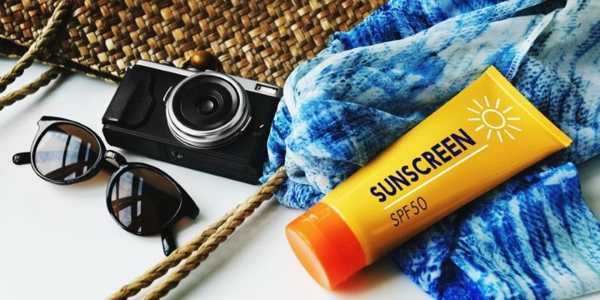What’s The Deal With Reef-Safe Sunscreen?
As more people flock to the beach for sun-soaked vacations, the importance of protecting both our skin and marine ecosystems has gained attention. Traditional sunscreens often contain ingredients that can harm coral reefs and other marine life. In response, reef-safe sunscreens have emerged as a popular alternative, but what does "reef-safe" really mean? This article will break down the concept of reef-safe sunscreen, discuss the harmful effects of conventional sunscreens on coral reefs, identify key ingredients in reef-safe options, and offer guidance on choosing and using these products responsibly.
Understanding Reef-Safe Sunscreen
Reef-safe sunscreen is designed without harmful chemicals that damage coral reefs, gaining popularity in coastal areas dependent on healthy marine ecosystems. However, the term "reef-safe" is unregulated, leading to consumer confusion. While manufacturers may label products as reef-safe based on ingredients, debates persist about their effectiveness in protecting both skin and marine life.
The Need For Reef-Safe Products
The rise in interest for reef-safe sunscreens correlates with increasing reports about the decline of coral reefs worldwide. Coral bleaching, a phenomenon where corals lose their vibrant colors and vital functions, is accelerated by a variety of factors, including water temperature, pollution, and harmful chemicals in sunscreen. As people become more aware of these issues, many are willing to adjust their shopping habits in favor of products that support marine health.
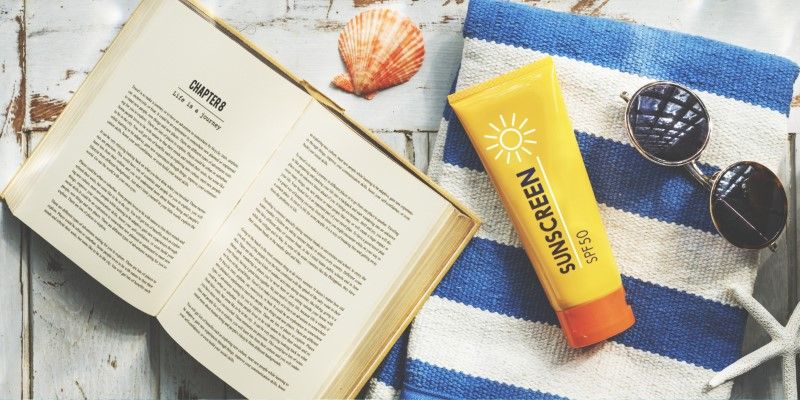
The Impact Of Traditional Sunscreens On Coral Reefs
Many traditional sunscreens contain ingredients like oxybenzone and octinoxate, which have been shown to cause coral bleaching and harm marine life. These chemicals enter the water through runoff and washing off from swimmers, leading to toxicity levels that can disrupt coral ecosystems. Research has indicated that even small amounts of these substances can adversely affect coral health by disrupting their reproductive cycles and making them more susceptible to disease.
The Science Behind The Damage
Oxybenzone contributes to coral bleaching and disrupts marine hormonal systems, causing deformities in fish and affecting coral larvae growth. A study found that concentrations as low as 62 parts per trillion can harm coral reefs, prompting bans in Hawaii and parts of Mexico.
Long-Term Consequences
Traditional sunscreens harm coral reefs, jeopardizing biodiversity, marine food webs, and coastal protection. The decline of coral impacts communities and economies dependent on tourism, fishing, and recreation. Switching to reef-safe sunscreen benefits both the environment and overall well-being.
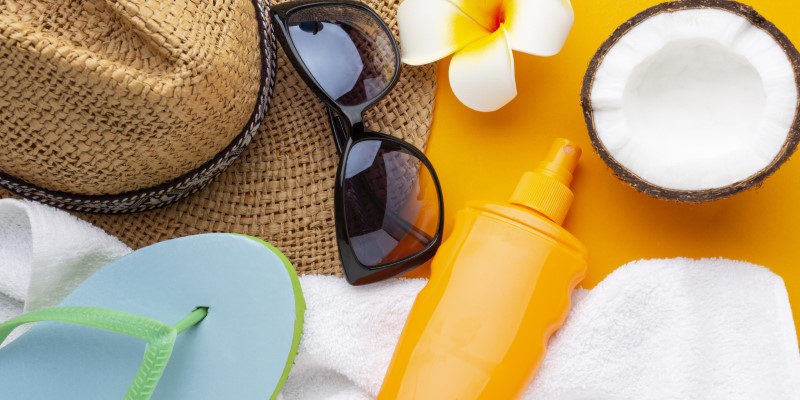
Key Ingredients In Reef-Safe Sunscreen
Reef-safe sunscreens typically contain mineral-based active ingredients like zinc oxide and titanium dioxide. These compounds work by sitting on the skin’s surface and reflecting harmful UV rays, rather than being absorbed into the skin like many chemical sunscreens.
Mineral-Based Active Ingredients
Zinc oxide offers broad-spectrum protection against UVA and UVB rays and is soothing for sensitive skin. Titanium dioxide also provides UV protection but is less effective against UVA. Both are safer for marine ecosystems compared to chemical sunscreen ingredients.
Other Beneficial Ingredients
Many reef-safe sunscreens feature natural ingredients that promote skin health alongside mineral UV filters. Aloe vera is valued for its soothing and moisturizing properties, helping to alleviate sunburn. Coconut oil provides hydration and may offer some natural sun protection, while shea butter serves as a rich moisturizer, protecting the skin from dryness due to sun exposure. Additionally, antioxidants like vitamin E and green tea extract can combat oxidative stress from UV exposure, enhancing overall skin wellness.
Ingredients To Avoid
When choosing a reef-safe sunscreen, it's essential to read labels meticulously. Consumers should avoid not only oxybenzone and octinoxate but also other harmful ingredients such as parabens, which can disrupt hormonal balances, and fragrance, as synthetic fragrances may trigger allergic reactions and contain undisclosed harmful chemicals. Additionally, while chemical sunscreens like avobenzone and octisalate offer UV protection, they can negatively impact marine life, making it important to prioritize safer alternatives.
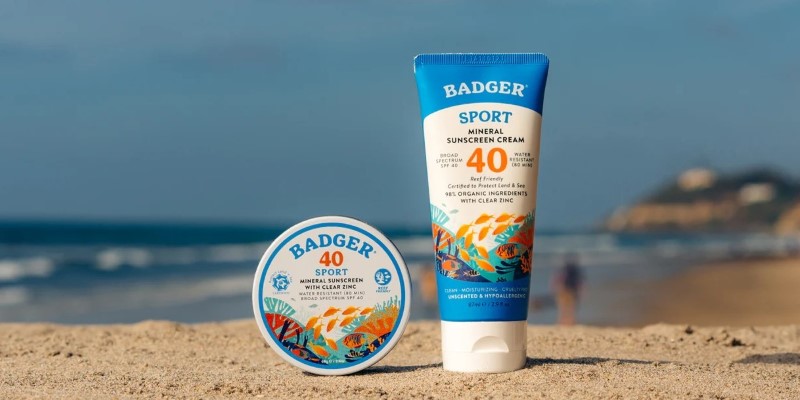
Choosing And Using Reef-Safe Sunscreen
With a growing number of options available, choosing the right reef-safe sunscreen can feel overwhelming. Here are some practical tips for making an informed decision.
Look For Certifications
Although “reef-safe” is not a regulated term, some brands have taken it upon themselves to gain certifications from environmental organizations. Look for products with certifications that indicate they are free from harmful chemicals and environmentally friendly. Certifications can give you confidence that the product aligns with your values and the needs of marine ecosystems.
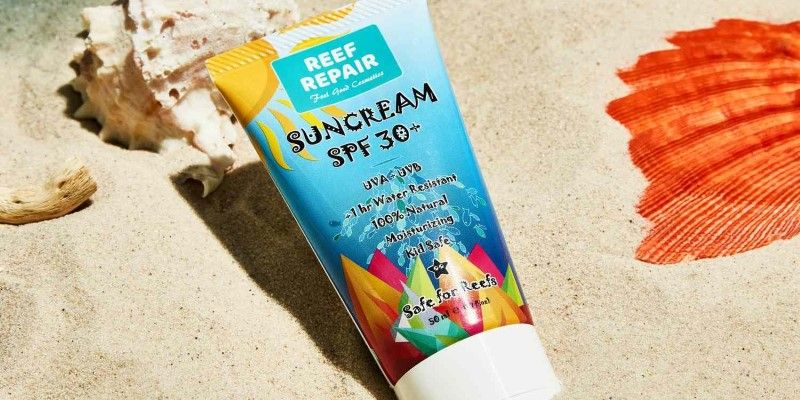
Check The Ingredients List
Always read the ingredients list on the product label. Look for mineral-based active ingredients like zinc oxide or titanium dioxide, and check that harmful chemicals are not included. Additionally, opting for products with natural and organic ingredients can further enhance your commitment to environmental sustainability.
Consider Application Methods
Reef-safe sunscreens come in various forms, including lotions, sprays, sticks, and gels. Choose a format that suits your needs and preferences, but keep in mind that lotion and cream formulas tend to provide more thorough coverage. Spray sunscreens may contain propellants, so be sure to check that they meet reef-safe criteria.
Apply Generously And Frequently
No matter what type of sunscreen you choose, proper application is key. Use enough product to cover all exposed skin, and don’t forget hard-to-reach areas like the back of your neck and ears. Reapply every two hours, or more often if you are swimming or sweating. Remember that even reef-safe products can wash off in the water, so reapplication is essential.
Be Mindful Of Timing
When heading to the beach, try to apply sunscreen at least 15 minutes before you enter the water. This allows the product to bond to your skin effectively. Additionally, consider using clothing, hats, and umbrellas to minimize sun exposure, thus reducing the amount of sunscreen needed.
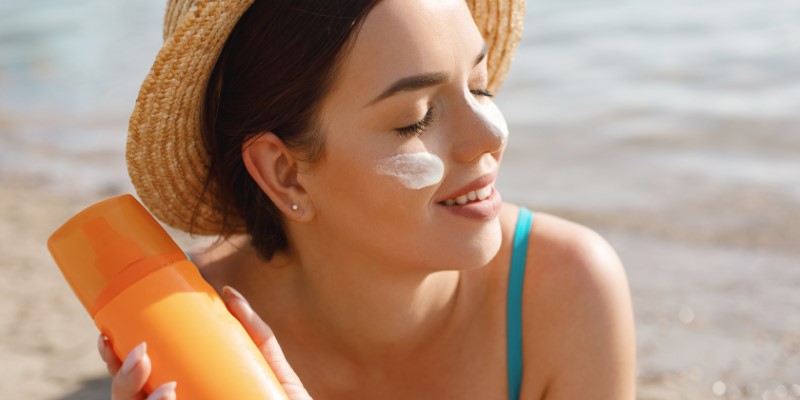
Conclusion
The growing concern about the impact of traditional sunscreens on coral reefs has led to increased interest in reef-safe alternatives. Understanding the harmful effects of certain chemicals and recognizing the benefits of mineral-based options can empower consumers to make informed choices.
By opting for reef-safe sunscreen and practicing responsible sun protection, individuals can enjoy their time in the sun while helping to preserve the beauty and health of our oceans. As we move towards a more environmentally conscious future, every small step, like choosing the right sunscreen, can make a significant difference in safeguarding our planet's precious marine ecosystems.



